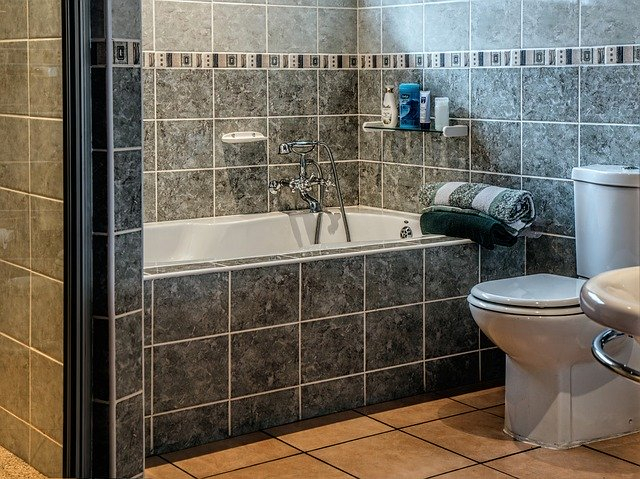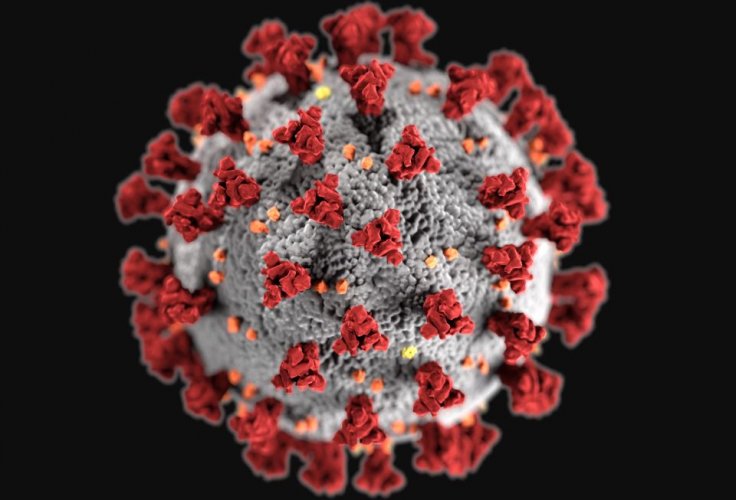As the scientists around the world are still trying to understand the novel Coronavirus, how it spreads, and how it has jumped to humans, the discovery of the virus in the bathroom of a vacant apartment in Southern China, raised concerns among the researchers.
As per the scientists, this new finding is now considered as an evidence of Coronavirus spread through sewage pipes after a toilet was flushed in another unit. It is also adding to the concerns about the ability of the virus to spread in tiny airborne particles in closed places.
The Similarity

In 2003, during the SARS outbreak, the virus was spreading through the plumbing in a Hong Kong apartment complex after an infected Chinese man visited the Amoy Gardens building almost 17 years ago and left more than 300 people sick.
The man from mainland China had symptoms like diarrhea and he went to see his brother in that apartment. The then-health secretary of Hong Kong, Dr. Yeoh Eng-kiong said that many infected people in the Block E building of the apartments also got diarrhea, spreading the SARS virus further through faulty seals between sewage and water drains.
In terms of the recent case, genetic material indicating the presence of the novel Coronavirus was found on surface samples from the faucet, sink, and shower handle in the bathroom of the vacant 16th-floor apartment in February 2020 in the Chinese city of Guangzhou.
The Discovery
As per the recent research findings published in the Environment International journal by researchers at the Chinese Center for Disease Control and Prevention, the long-vacant apartment is directly above the bathroom of another apartment in which five people were tested positive for Coronavirus in late January 2020.
According to the study, scientists conducted an experiment in the building by flushing the apartment toilet on the 15th floor and then looking for the aerosolized virus in other units. In the study, the researchers said the possibility of aerosol transmission through sewage pipe after flushing the toilet was "confirmed," and noted that an "onsite tracer simulation experiment" detected aerosols in the apartment toilets at the 25th and 27th floor of the same building.

While citing unpublished data from China's CDC, the study said four novel Coronavirus cases were reported on those two floors (25th and 27th) in early and mid-February. "Evidence suggests the transmission of SARS-CoV-2 via aerosols is plausible under favorable conditions," the research concluded, presenting the latest evidence that the novel Coronavirus does travel through tiny particles in the air, not just larger droplets.
The Chinese researchers, who conducted this study said, "Toilets are a daily necessity, but may promote fecal-derived aerosol transmission if used improperly, especially in hospitals."








